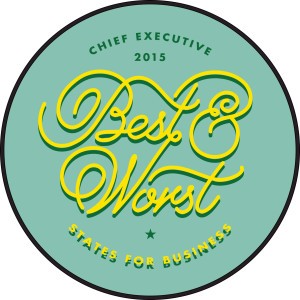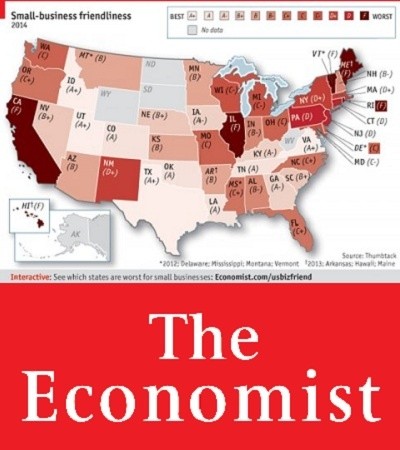Saul Kaplan: Stop Treating Business Model Innovation As Change Management
Friday, May 29, 2015

It’s urgent because business models don’t last as long as they used to in the Industrial Era. The Netflix, Airbnb and Uber stories are everywhere. Too many industries and companies are playing defense, trying to lean against disruptive business models. No effort to strengthen and protect the core will prevent it from being netflixed or uberized! The only way to play offense is by doing R&D for new business models, even those that might disrupt the core. New business models are coming, whether we like it or not. Why not be proactive? Business model innovation is a strategy question before it’s a change management question.
We have to make it easier to move business model concepts off the white board and to prototype and test them in the real world. If you screen early stage business model exploration with the same questions, metrics and investment stage gates used to select projects to improve the core, you will never do anything transformational. Incremental improvements will always win out. Business model innovation requires a different approach.
Business model innovation is an iterative design process foreign to most Industrial Era leaders. Lets face it, trying more stuff isn’t exactly what they taught us in MBA school. Business model R&D is the new strategic imperative. Implementation starts with the creation of a business model sandbox tasked with managing an ongoing portfolio of real world business model experiments and a platform to capture, share and act based on what is learned. The new must-have organization super power is demonstrating minimum viable business models in the real world. We can use low fidelity prototypes to explore new business model concepts faster and cheaper in the market. Business model prototypes are not expected to scale, they’re expected to help us answer one question, does the model demonstrate a better way to deliver value to a small number of real customers? We can then start addressing scalability questions for only those models that work at the prototype phase.
A high performing business model sandbox operates as a connected adjacency to the core. The biggest advantage existing companies have over start-up entrepreneurs is access to resources, networks and capabilities from the core to enable business model R&D. Most are not leveraging their advantage with capabilities stuck in the straitjacket of the current model protected by line management. A business model sandbox is a safe place to combine and recombine capabilities to explore new ways of delivering value. A business model sandbox must be designed with the right balance of autonomy and the free flow of people and capabilities in both directions. CEOs should play a direct leadership role to mange the inevitable tension between the core and sandbox. Companies would be smart to groom a new generation of leaders capable of managing both the core business model and ongoing R&D for its successor.
If you start by burdening business model ideas with today’s business logic and jumping too quickly to change management, you will end up with only incremental improvement to the way things currently work. It’s human nature to resist new models. It’s also human nature to know in our guts that we can do better. The models, systems and infrastructure we inherited from the Industrial Era have served society well but we need to re-imagine them for the 21st century. Everyone knows it, but we seem to be frozen in the headlights on how to make it so. We see examples every day of how entrenched leaders, constrained by today’s business models, do everything they can, both explicitly and implicitly, to lean against change and protect the status quo.
We have created our own dilemma, we know we need transformational change but we don’t like it when it affects us! Tweaks aren’t enough. Incremental change to today’s models isn’t working and won’t keep disruption at bay. We need to make reinventing business models and social systems easier and safer to manage. 21st century leaders must be able to BOTH strengthen the core AND explore new models simultaneously. R&D for new business models is the new strategic imperative.

Related Slideshow: Oregon Business Rankings in US
See how Oregon stacked up against the other states in the U.S.






















Follow us on Pinterest Google + Facebook Twitter See It Read It